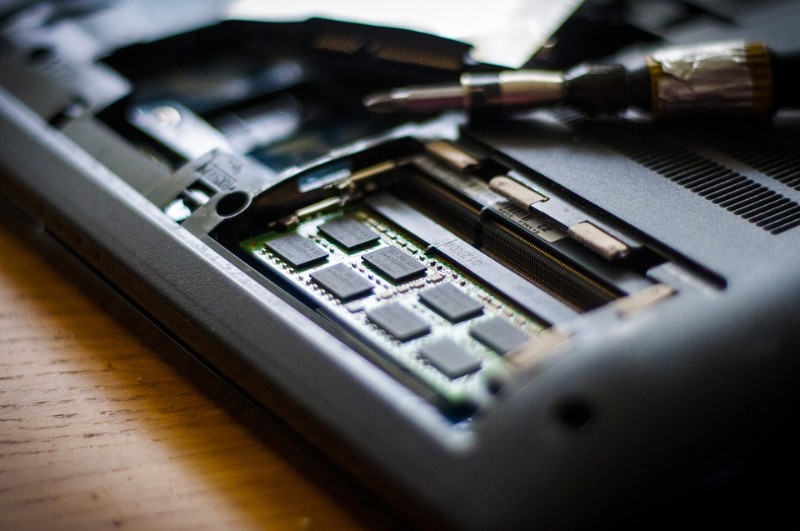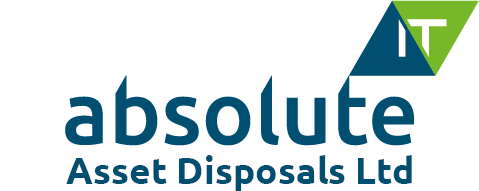
Computer disposal, also known as IT asset disposal, simply means disposing of unwanted, obsolete, damaged or unserviceable equipment in a way that is:
- Environmentally friendly
- Observes strict data security and destruction protocols
- Complies with all relevant legislation and avoids the extremely severe penalties for breaches
Environmental Issues
All electrical and electronic equipment may contain elements that have the potential to damage the environment, For example, cadmium, arsenic, selenium and mercury were commonplace in older equipment. The old, heavy CRT screens contained several kg of lead. These heavy metals could easily contaminate ground water or cause environmental pollution, and damage health. This is known as E-waste and is causing mounting problems in countries like Nigeria, India, Ghana and China where our unwanted domestic and computer appliances were sent for recycling.
WEEE Directive
The Waste Electrical and Electronic Equipment Directive (WEEE Directive) is the Feb 2003 section of European Law that regulates the disposal of IT and other electrical waste. It places an onus on manufacturers and distributors to take ownership of the full lifecycle of their products, right through to disposal.
In the UK, the regulations require organisations to:
- Adopt policies, such as reuse, that reduce the levels of electronic waste they produce
- Take responsibility for the correct and compliant disposal of E-waste while also striving to achieve the appropriate targets for recycling and recovery of component materials
- Incorporate principles of recycling and reuse into product design to minimise material usage
From the point of view of a normal organisation that simply consumes electronic equipment, the relevant section of the law deals with using approved disposal procedures and providing documentary proof of compliance. The worst case scenario would be the discovery in landfill of a piece of equipment that can be traced back to the owning organisation.
Data Security Issues
Of equal interest and possibly even greater risk to organisations is the correct disposal of data storage media. GDPR legislation that came into effect in May 2018 added another layer of compliance requirements and penalties on top on the Data protection Act. It all means that successful data management is more critical than it ever has been.
The process of secure data destruction hinges on correctly identifying devices and components that may have data recorded on them, and then securely cleansing the data. The methods used for removing data securely vary with the type of device. For example, the ultimate method of destruction for hard disk drives is to pulverise them into pieces of 5mm or less.
Ensuring Compliance
Many organisations choose to mitigate the risks of data leakage and compliance breaches by engaging professional IT asset disposal companies to perform this task. The benefits include
- Peace of mind that the process will be 100% compliant for both environmental and data perspectives
- Totally traceable at device level, with asset tracking data and accompanying destruction or disposal certification available
- Frequently backed up and validated with video evidence showing each device being treated
Due diligence is always advised before engaging any company offering IT disposal services.
Find Out More
You can find out more about how computer disposal works on our website. It also explains the detailed steps we take to ensure regulatory compliance in order to protect the reputation of your organisation and minimise risk in this area. Contact us today and allow us to describe how our services can easily dovetail with your disposal policies.











